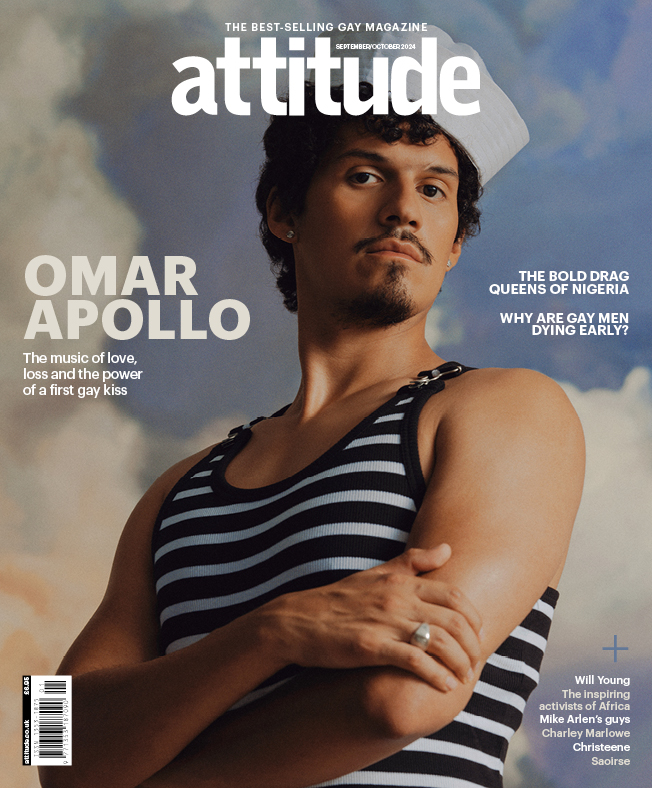Peter Paul Hartnett on the legacy of famed photographer of gay male nudes Mike Arlen
Exclusive: We take a look back at the work of photographer Mike Arlen with the help of photographer, writer and collector Peter Paul Hartnett
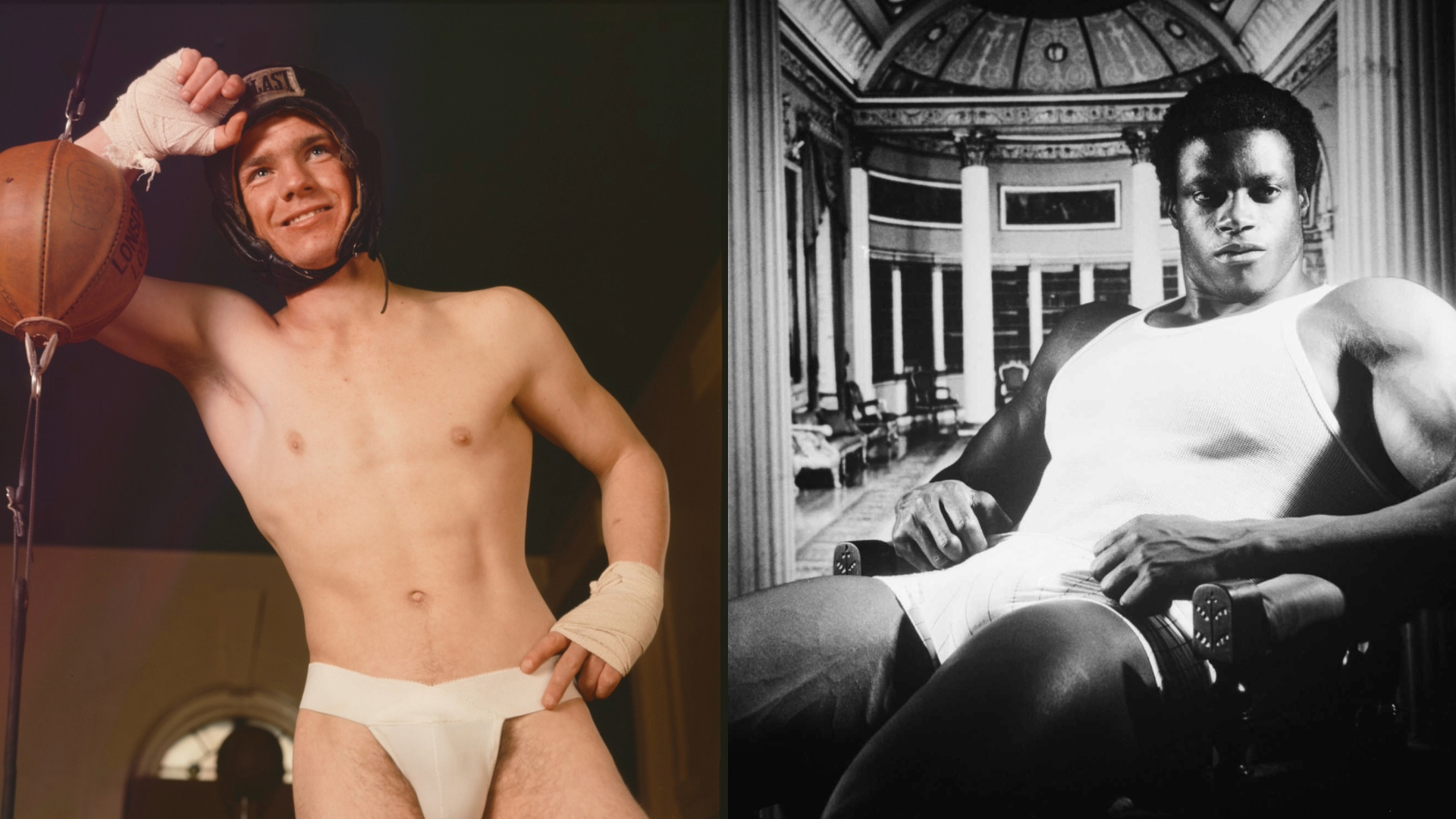
Considered a pioneer of gay male photography, Mike Arlen stands out for producing an expansive body of work, as well as for his choice of subjects.
Born Michael McGrath, he worked in London as a journalist and fashion and music photographer during the 1960s. His pictures documented pop culture icons of the time, and his work appeared in publications including Woman’s Own. In the late 70s, he moved into photographing men. After changing his surname to Arlen, he would go on to self-publish his own magazine, Mike Arlen’s Guys, in the 1980s.
Writer and photographer Peter Paul Hartnett began collecting Arlen’s work in 2011 after visiting the photographer’s base of operations in Earl’s Court and getting to know him. After Arlen’s death in 2022, Hartnett was handed the responsibility for most of his archive.
Here, he shares his thoughts on Arlen and his photography.
I was first made aware of Mike McGrath’s early work for the Scottish fashion designer John Stephen. It was 1976. I was 18, and I was interested in the world of Carnaby Street and pop groups. I first saw a photograph of him when he was working for Woman’s Own. I remember seeing this photograph of a man writing for Woman’s Own and I just thought, ‘That’s unusual.’ His hair was big — a huge, dreadful affair. And then I saw him in around 1977 in the early days of punk in Earl’s Court. He was in black denim jeans, black cowboy boots with a Cuban heel, a black cowboy hat, a black shirt, and a metallic, cowboy-style necklace. I remember seeing him crossing a road heading towards his flat, and he was walking with such seriousness and self-consciousness. He was quite a short person. His beard was dyed, and his moustache was dyed. It was like seeing some kind of theatrical moment, yet it was almost panto. It was a little bit of a caricature. I was always intrigued.
Some of Mike’s late 70s images came out as punk rock exploded, with his images of vocalist John O’Hara (later known as Gene October of the band Chelsea) surfacing in the likes of Gay News. In the early 80s, the first issue of Mike Arlen’s Guys had a silver cover and it looked more like an arts magazine. As an art director, he made some choices that were totally bonkers.
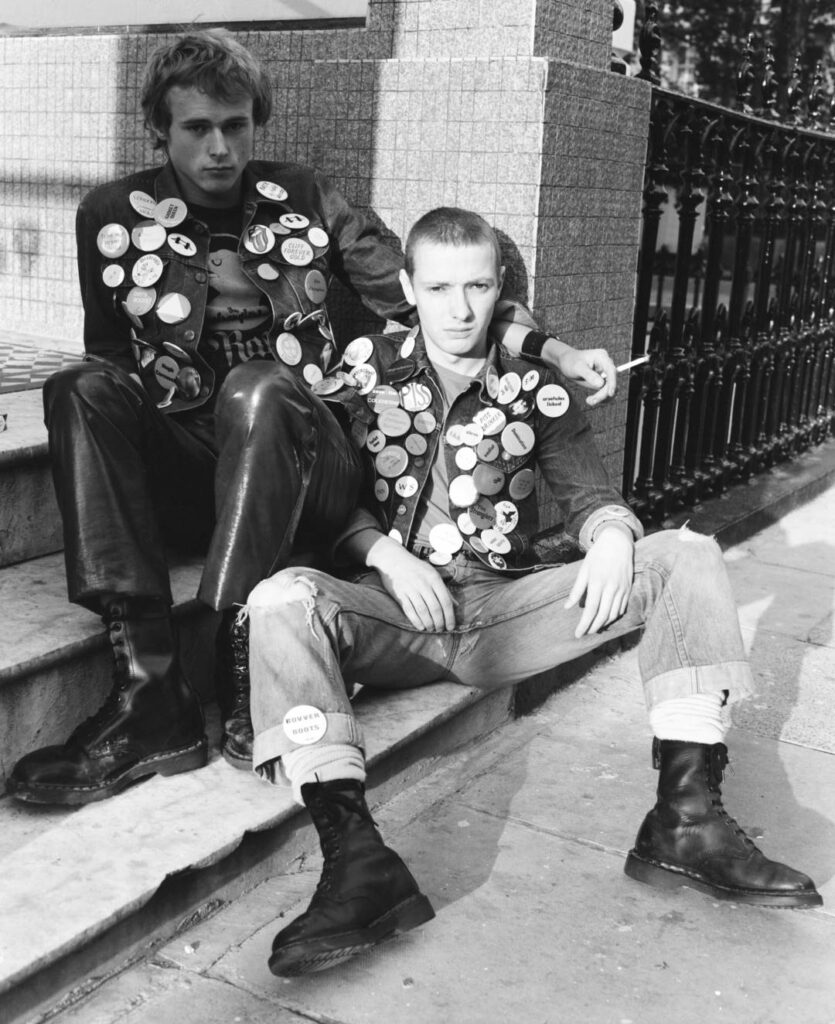
It was in May 2011 when I first approached him. His telephone number and his address had been here, there, and everywhere when he was advertising for models. He was even advertising in loos and shop windows. He was everywhere. People would just phone up and he’d say, “Come round, darling.” He could be a very awkward person. He liked to be taken out for lunch, for afternoon tea, for dinner. And he’d spring another guest or two upon me. As a collector, I was always trying to get to the core of what he was.
He hated the arbiters of taste. He couldn’t stand the idea of playing up to anybody, and he was feared by a lot of people within gay publishing because he had a terrible temper. But he was a lovable rogue. He had such a sharp focus, and he had a particular agenda. The way he did things was his way. He would not be challenged or controlled in any way at all.
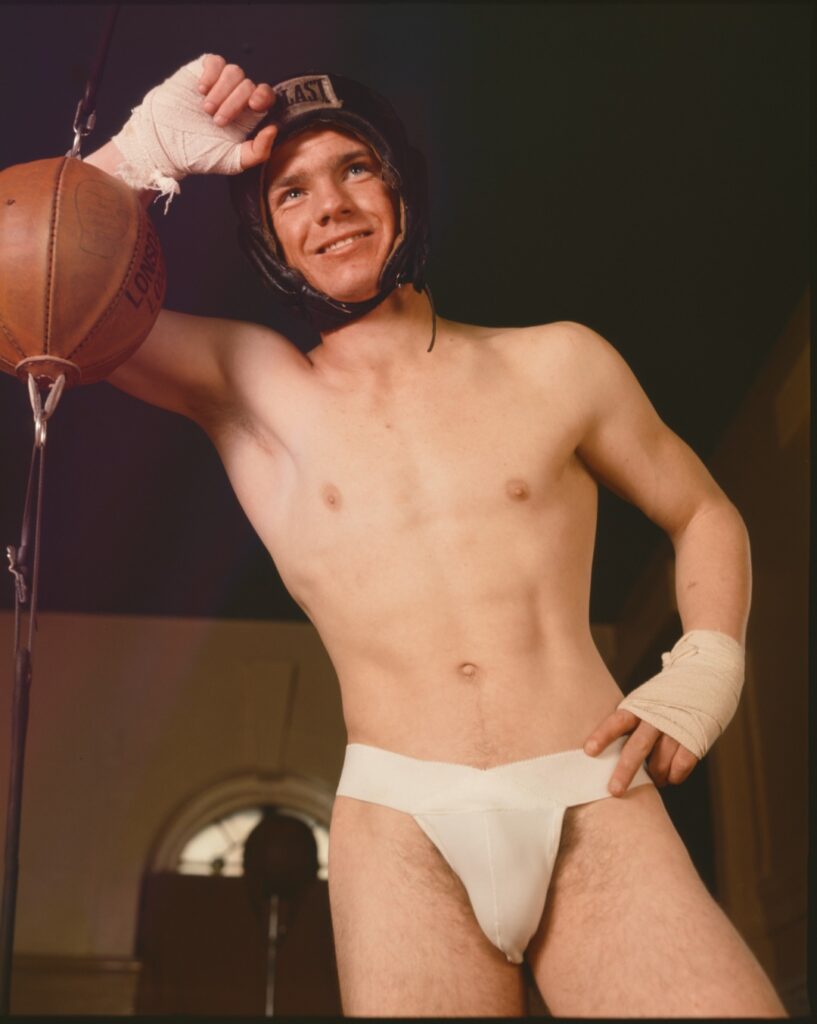
He used ammonia, and it was a two and a quarter film. That process was not cheap, and you were only guaranteed to get maybe 10 or 11 exposures. Sometimes you’d be lucky if you’d get the full 12. It’s not like digital, where you can shoot 600 pictures in 10 minutes. So, he was incredibly controlling. He would manage to get a fully clothed shot, outside on the street or on the balcony, in his bathroom, in his kitchen, in his bedroom, or on his sofa. He’d get the fully dressed one and then it was a gradual striptease, which was a thing very much of the 50s and 60s. Then it was the full erection shot and then it was the cum shot, the money shot.
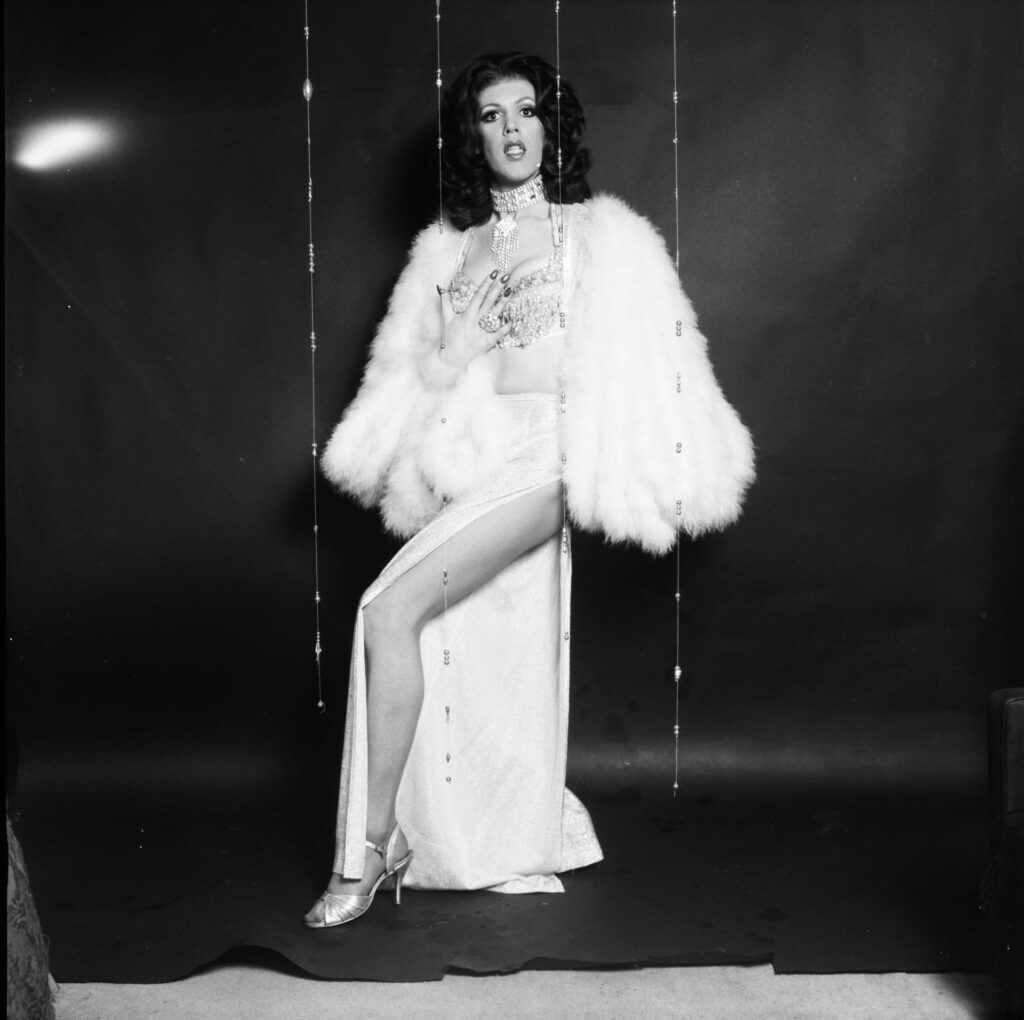
Mike Arlen should not be sanitised. There was a lot of sleaze; his work was quite rough and ready. He often chose the cheapest, fastest, easiest option for a photo session. He was photographing guys with full-on erections, but he was twisting the erection, so it wasn’t pointing upwards. That was a legal thing, and it was incredibly naff. He was also really pushing men of all ethnicities — it was a real mix. Sometimes the spreads were just tasters. What he was trying to do was get people around to buy the photo sets, and then they’d see the specials — the full-on erection shots, the ass shots, the cum shots, all of that. All the stuff that he couldn’t — then — publish legally.
Anything that was going to make money he was into, and anything that was emerging as a trend, as some sort of fetish, particularly from America, he was onto very quickly. He also received letters from fans, and people would say things such as, “It would be lovely if we could see the [model’s] feet.” So, he would sometimes organise photo sessions where those aspects would be presented for consumption.
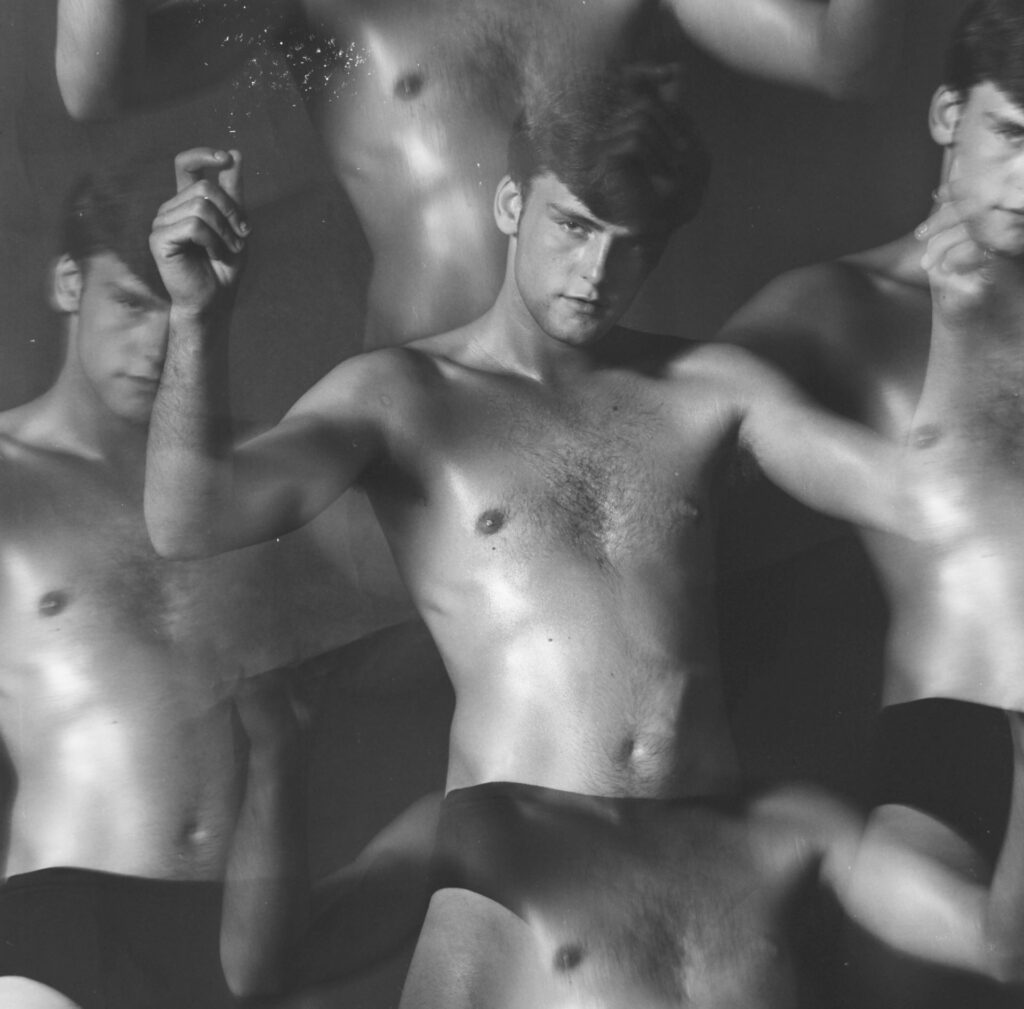
Many photographers wanted to be taken seriously, respected, and collected. Mike wasn’t interested in any of that. He was interested in selling. He was ruthless, that’s probably the best word. He was very controlling, and when he had the power, he had the control. And that was very important. As soon as somebody went into his flat, it was “Put your bag there, put your coat there, come in here, sit there, what would you like to drink?” He knew what he wanted, and what he wanted was models who were the answer to a cocksucker’s wettest dream. He was producing material for people to jerk off over. He was aware that people sometimes buy two copies of the magazine instead of one. He was catering to fetishists.
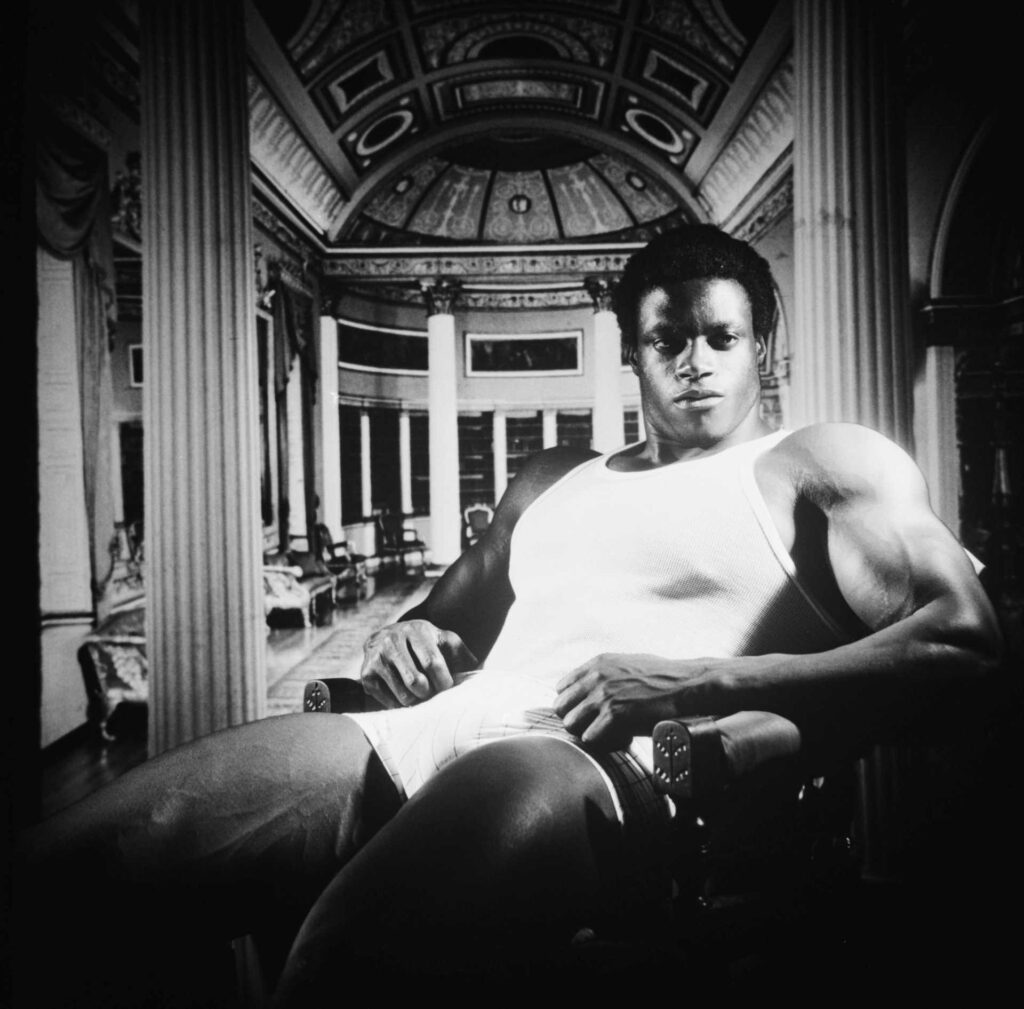
The reason why Mike’s photographs are so valuable is because they are raw and real — even surreal. His pictures reflect the stark ways that so many of the models reached out to market themselves. A lot of models would go on to meet gentlemen, so it was like DIY pimping. For people who were determined to be sex workers, their value would go up if they appeared in the magazine. This was all pre-HIV, and when HIV came along, it became more focused on the fetish because people were avoiding sexual contact. People were dressing up to go to gay bars and stuff. It was about exhibitionism and voyeurism, and to an extent Mike’s work captures so much of that.
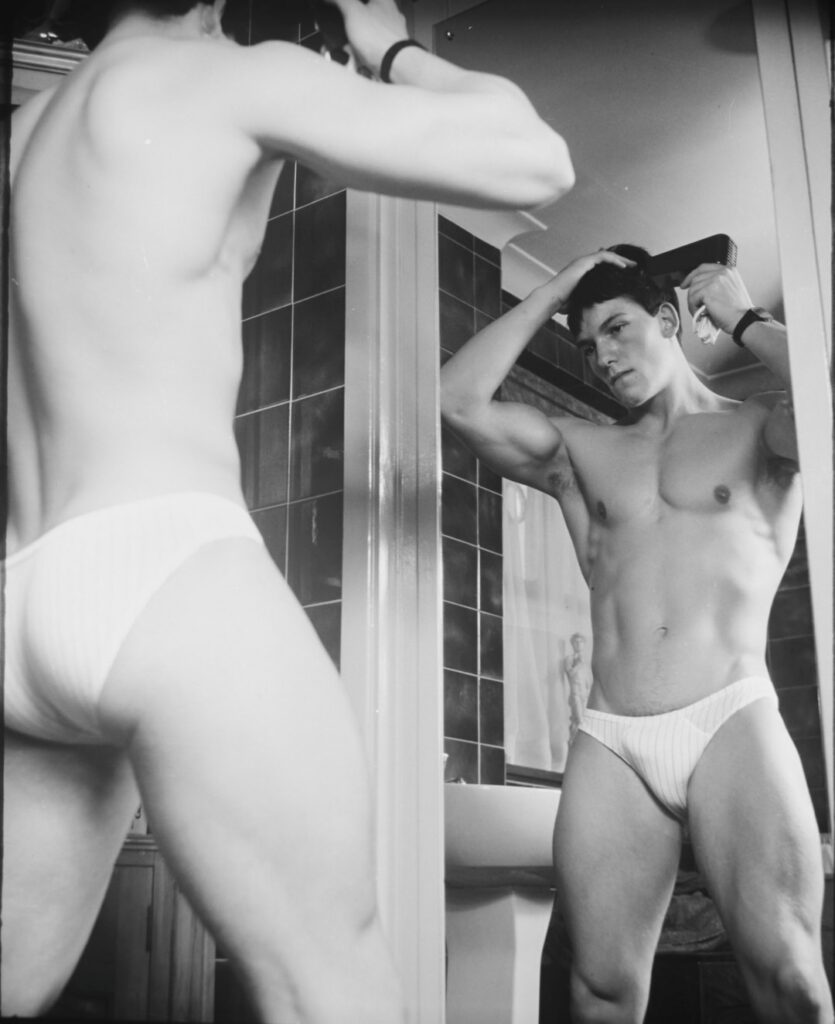
Mike was not interested in gay politics, and the thing about his work is in many respects it’s so twisted. That’s why I think he’s edited out of the picture so much because he’s a kind of photographer some curators aren’t proud of. He really was a unique person. I wouldn’t say we were great friends, but we conducted business together, and I’m glad that I invested because no one else did. Had I not done that, his pictures might have ended up in the skip.
Photography: Camera Press / The Mike Arlen Archive
This feature appears in issue 360 of Attitude magazine, available to order now or to download alongside 15 years of back issues on the free Attitude app.
